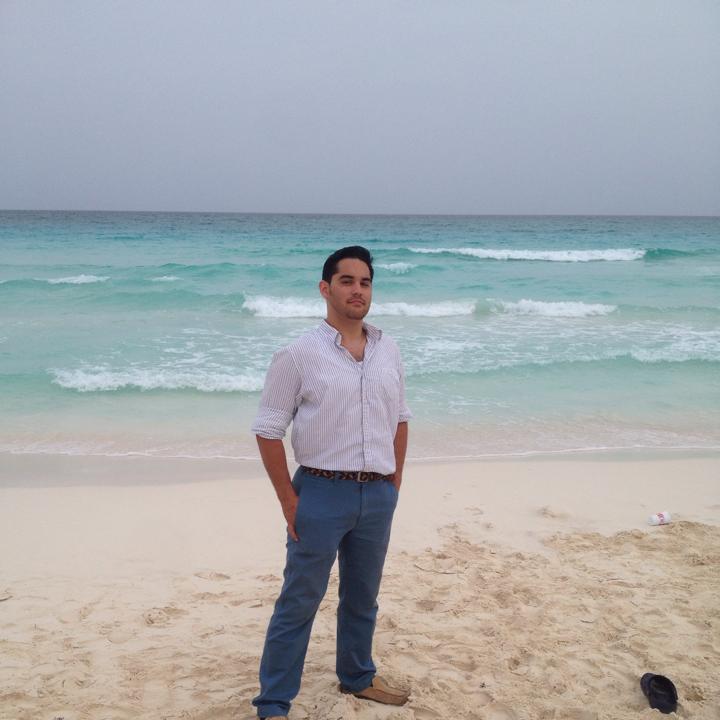In the western world, we would like to think that the things we say are worth saying. This, of course, is not always the case. We say things that we don’t mean. Or mean things we don’t say. Or say mean things that we ought not to have said. You get my point. In general though, the content of our speech is important to us regardless of how successful we are at producing quality. In Benin, it is often a little different.
In this cordial country, context is king. This is especially applicable when it comes to salutations. Oral salutations are mandatory whenever feasible; a wave or a head nod simply won’t suffice. This means, for example, that drivers regularly stop driving in the middle of the road in order to greet other drive that they know.
My absolute favorite greeting is A do fine à? – Are you here? The answer, of course, is always, Een, un do fi. – Yes, I am here. Outside of a profound, metaphysical discussion, this question seems to be exceedingly banal and its answer to be equally self-evident.
This is where context is vital. The greeter is not in doubt as to the presence of the greetee. The questioner is merely acknowledging the latters presence. In other words, it’s simply a greeting, the content of which matters not.
Several other examples of greetings are as follows:
A de wu à? – Are you in the middle? This is used here when the greetee is simply in the middle of some action. It is an encouraging remark, implying that the person is working hard.
Azon yi atòn – It’s been three days. This is how you would greet someone that you haven’t seen for a while, regardless of how much time has elapsed since you last saw them. The best part is the response, Dokpo d’eji – And one more. This is a wonderful example of the importance of context over content.
There are many more examples of this throughout the language and culture.











 Welcome to my blog! My name’s Benjamin and I’m a soon-to-be college-grad sitting at the bottom of a debt blackhole as deep as Mount Kilimanjaro is tall (get it? cause I am going to Africa . . ha ha). Anyway, I’ll be graduating magna cum laude with B.S. degrees in Finance and Accounting and a B.A. degree in French Language and Literature. Now, my original intention was to sell out to a big investment bank, work 16 hour days, 80 hour weeks, and make enough to pay down my school loans faster than you can say “Mergers & Acquisitions”. But, unfortunately for the loan agencies and (hopefully) fortunately for my soul, I have decided to join the Peace Corps instead. In other words, I am taking my skills to the streets, instead of to the Street.
Welcome to my blog! My name’s Benjamin and I’m a soon-to-be college-grad sitting at the bottom of a debt blackhole as deep as Mount Kilimanjaro is tall (get it? cause I am going to Africa . . ha ha). Anyway, I’ll be graduating magna cum laude with B.S. degrees in Finance and Accounting and a B.A. degree in French Language and Literature. Now, my original intention was to sell out to a big investment bank, work 16 hour days, 80 hour weeks, and make enough to pay down my school loans faster than you can say “Mergers & Acquisitions”. But, unfortunately for the loan agencies and (hopefully) fortunately for my soul, I have decided to join the Peace Corps instead. In other words, I am taking my skills to the streets, instead of to the Street.